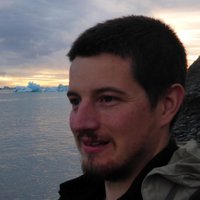
Benjamin Peter
@benmpeter
Population Geneticist, particularly interested in Ancient DNA
Group Leader, MPI Leipzig
Assistant Professer, University of Rochester
ID: 723192164
http://www.bpeter.org 29-07-2012 02:09:49
612 Tweet
1,1K Followers
360 Following



Ever wondered how accurate genetic genealogy is? Rori Rohlfs and I have a NIJ funded PhD position to investigate this! Please reach out with any questions



Newly published paper by myself and Corinⓐ Logan (she/her), Dieter Lukas, and Nancy Chen 陳嵐欣 on the range expansion of the great-tailed grackle, and range stability of the boat-tailed grackle! peercommunityjournal.org/articles/10.24… #TheGrackleProject Peer Community Journal
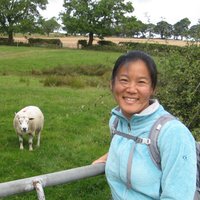
Come join us at MPI-EVA Leipzig! The Dept of Primate Behavior & Evolution is looking for a lab manager/coordinator to integrate our molecular genetic, cell culture, and field-based labwork. Details here: tinyurl.com/2p83xj4p

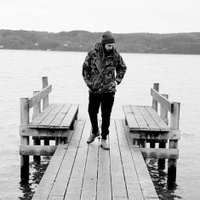
In a collaboration between ManjushaChintalapati ,@SkovLaurits , Alba Bosoms Mesa, Mateja Hajdinjak , Benjamin Peter and @moorjani_priya , we've journeyed into our shared history with Neandertals by analyzing over 300 genomes spanning 50,000 years. A thread 🧵🧬 biorxiv.org/content/10.110…









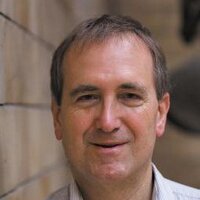

Today is a very big day for our research group, with two of my students, @arevsumer and Leonardo N. M. Iasi publishing papers on the same day! science.org/doi/10.1126/sc… nature.com/articles/s4158… #Neanderthals #Geneflow

The first paper is a systematic survey of Neandertal ancestry through time; a joint effort with @moorjani_priya ’s lab at UC Berkeley, co-led by Leonardo N. M. Iasi and ManjushaChintalapati. Leo has a great summary of our main findings here:
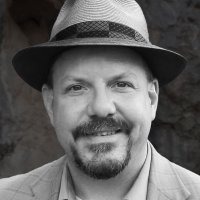
@moorjani_priya Benjamin Peter Leonardo N. M. Iasi ManjushaChintalapati @SkovLaurits Mateja Hajdinjak @arevsumer This is a really cool study and I'm glad to see it come out!










